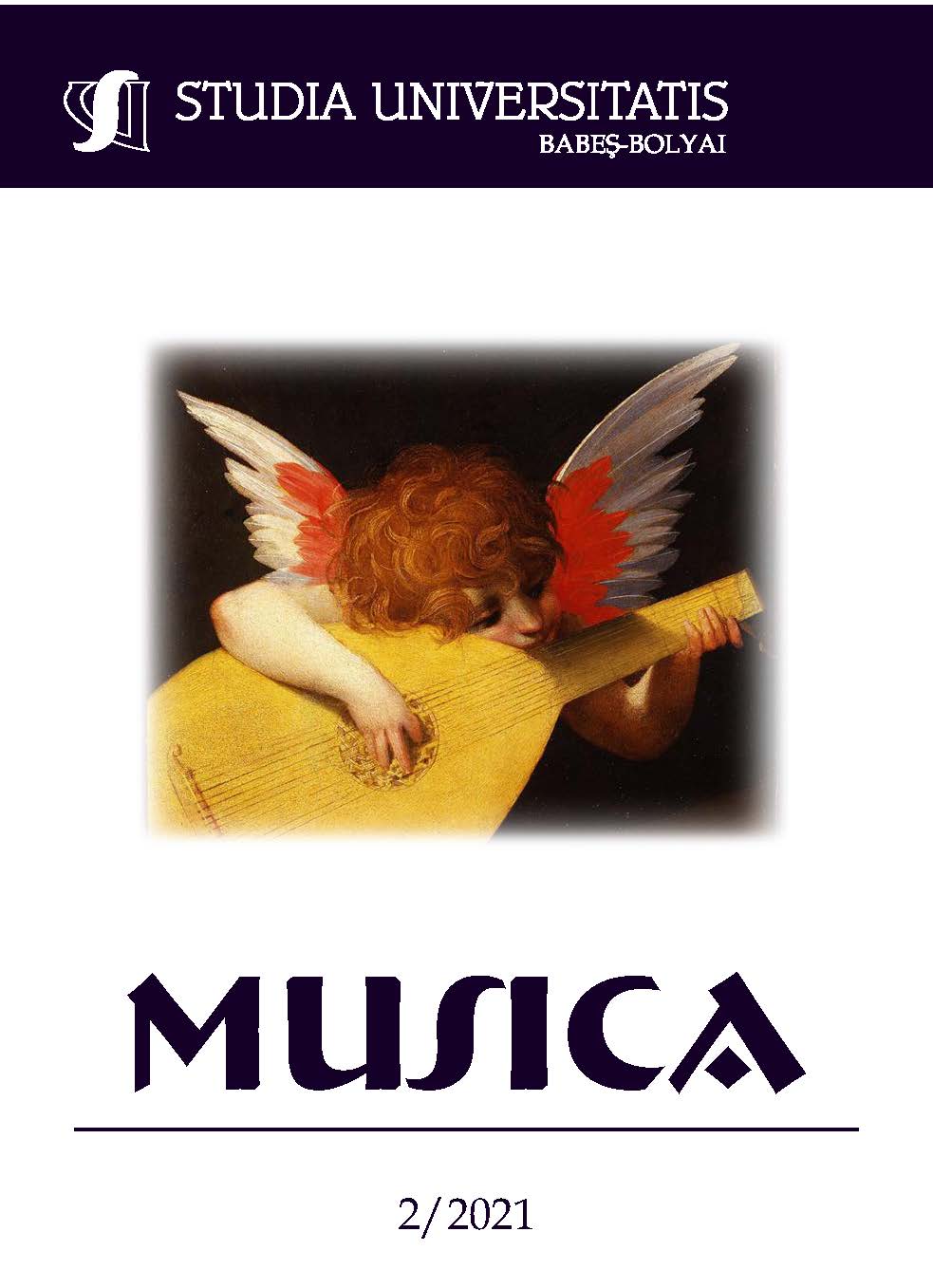THE POLONAISE IN FRÉDÉRIC CHOPIN’S WORKS. ANDANTE SPIANATO AND THE GRANDE POLONAISE BRILLANTE OP.22
THE POLONAISE IN FRÉDÉRIC CHOPIN’S WORKS. ANDANTE SPIANATO AND THE GRANDE POLONAISE BRILLANTE OP.22
Author(s): Lioara FrățilăSubject(s): Anthropology, Social Sciences, Fine Arts / Performing Arts, Customs / Folklore, Music
Published by: Studia Universitatis Babes-Bolyai
Keywords: polonaise; folklore; ornamentation; chromaticism; variation; rubato;
Summary/Abstract: The present study is focused on the musical genre of the polonaise and its particularities in Chopin’s creation, with precise reference to Andante Spianato and The Grande Polonaise Brillante, Op. 22. Chopin’s substantial contribution to the genre consists of the transformation of a gallant dance of conventional harmony into a veritable heroic chant of prodigious harmonies. Due to a proficient transformation of a folk motif, Chopin is able to introduce folklore in his major works, according to the larger trend of national awareness that required the artists’ return to the folklore sources of inspiration that were able to express the national yearning for freedom. Far from the solemnity of the courteous dance, these pieces become programmatic musical poems, sprung from the most noble of emotions, the love for one’s country. The nostalgic chromatics, diffused throughout Chopin’s entire creation, is augmented by the call for resistance in front of the historical events (Poland’s loss of political independence). The polonaises Chopin composed at maturity had a new form, transforming into veritable epic poems which depicted images of Poland’s heroic past as visions impregnated by lyric pathos and pain for the country’s troubled history. Although their common feature is the epic and grandiose tone, Chopin’s polonaises are extremely varied and versatile, characterized by grandeur and dramatism. The work proposed for analysis – Andante spianato in G Flat – is based on the principles of stanzas and variation and has the structure of two stanzas of A B type, followed by a Coda. Chopin added the coda as an introduction (only around 1843-1835, in Paris) to The Grande Polonaise Brillante, Op. 22 (composed in 1831). Although intensely contrasting, the two parts seem to be connected exactly by this difference. This is the process that describes the genesis of The Grande Polonaise Brillante prédécès d'un Andante Spianato Op 22.
Journal: Studia Universitatis Babes-Bolyai - Musica
- Issue Year: 66/2021
- Issue No: 2
- Page Range: 333-360
- Page Count: 28
- Language: English

